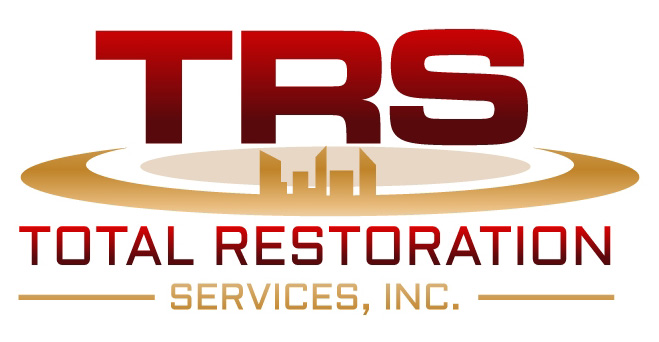Besides protecting the environment, secondary containment systems are another line of defense safeguarding you, your staff, and property from harmful chemicals. While durable, secondary containment system maintenance is required periodically for it to remain fully functional and EPA compliant.
What is a Secondary Containment System?
The secondary containment system is a collection of containers that hold chemicals, particularly oil, and other hazardous substances in case of a spill or leak in your facility. These systems can range from portable containers stored on pallets above the main floor to concrete-based structures. Concrete-based structures tend to be the most common and more effective.
Concrete secondary containment systems consist of sealed concrete walls and floors which also feature berms, curbs or dikes that collect any substances that manage to seep through barriers. This serves to prevent the spread of dangerous material from cross-contaminating other areas of the building. If primary containment measures fail, this secondary system is the last line of defense for your plant. Due to the risks of petroleum and other chemical substances, the EPA mandates secondary containment system maintenance as a part of industrial building standards. Therefore, this maintenance not only protects your business’ biggest asset, it also ensures operations can proceed without delays or legal repercussions.
Why Your Secondary Containment System Requires Periodic Maintenance
While concrete is a strong surface, it’s surprisingly vulnerable to deterioration. Of course, this deterioration will limit the effectiveness of your secondary containment system, and eventually, cause it to fail. EPA associated building inspectors are actually instructed to examine for signs of concrete deterioration that threaten the secondary containment system. Here are just a few:
- Corrosion
- Cement Erosion
- Pooling water or liquids
- Discolorations
- Cracking
- Discoloration
All of these signs signify that the concrete in your secondary containment system is beginning to weaken which, left untreated, will accelerate. For example, even small-to-medium sized cracks can open and spread, allowing substances to leak and spread throughout your building. Concrete problems also undermine the flooring of your building, which can lead to structural problems in key areas of your facility.
For buildings dealing with oil, EPA Spill Prevention, Control, and Countermeasure (SPCC) regulations actually require buildings to have plans in place to prevent oil leaks. Therefore, you need secondary containment system maintenance just to follow the rules too. The good news is that with proper concrete maintenance, you’ll actually save money and add greater value to your building.
Benefits of Maintaining Your Secondary Containment System
Preventing oil or chemical spills through maintenance is much cheaper than the time and costs of dealing with contamination.
There are many cost-effective maintenance jobs that aren’t time-consuming, but dramatically boost the longevity of your concrete secondary containment system. Resealing concrete is a great way to repair cracks and water damage that can lead to structural failure. When done correctly by professionals, procedures like concrete resealing can totally halt the spread of such damages throughout the facility.
You should also consider having protective coatings, particularly epoxy, implemented on the concrete of your secondary containment system. This is a great resource that solidifies your concrete against the wear and tear of heavy industry while giving your secondary containment system enhanced longevity.
With secondary containment maintenance, you’re actively preventing major accidents and deterioration. At the same time, you’re fully securing your facility of operations and ensuring it continues to be your company’s greatest resource.

